Three-tier tariffs: The structure of a "hard leverage" strategy?
On June 11, on the social networking platform Truth Social, US President Donald Trump said that the relationship between the world's two largest economies is "great", and revealed: "We get a total of 55% tariffs, China gets 10%".
Mr Trump also said that China would provide rare earths to the US first as part of the new trade deal, calling it a “done deal”. While the US offered concessions, such as allowing Chinese students to study at US colleges and universities.
According to international media, the 55% figure that Mr. Trump proposed includes: the basic 10% tax rate applied to most partners worldwide (reciprocal tax) as announced in April; the 20% tax rate that the US announced to impose before April related to the fentanyl-related allegations. The remaining 25% is the tariff rate that Mr. Trump has imposed on Chinese goods since his first presidential term.
Meanwhile, China will still impose a 10% tariff on US goods.
Although Mr. Trump announced that the deal between the US and China was “done,” in reality it needed to be approved by the leaders of both countries.
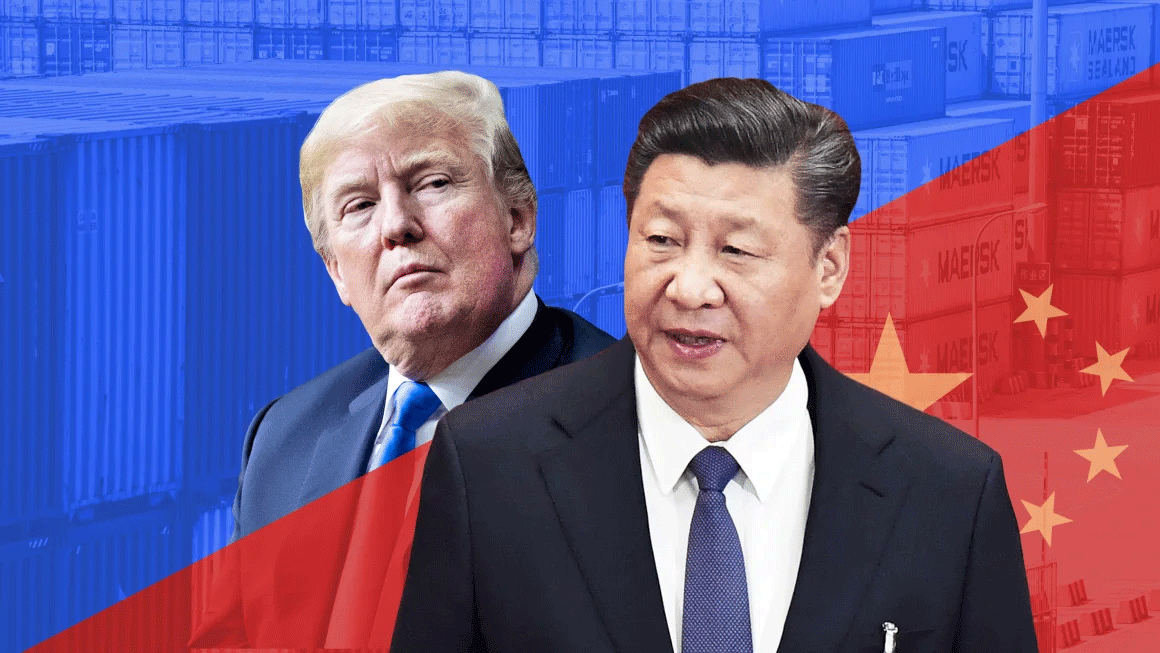
The 55% tariff is a cumulative of previous tariffs, reflecting the Trump administration’s trade policy toward China. The 10% reciprocal tariff is described as a global tool, applied to “most trading partners.”
This move reflects a trend towards protectionism. The expansion of the tax target is not only aimed at China but also sends a signal to other countries that have trade surpluses with the US such as Germany, South Korea, etc.
The new tariffs may partly reflect a profound shift in the US-China trade picture, from conflict to strategic competition, from pure confrontation to conditional negotiations, of which the meeting in London in early June was a new turning point.
Strategic restructuring
Despite the high tariffs that have been imposed back and forth since Mr. Trump’s first term, the US and China have maintained a large-scale trade relationship, with total bilateral turnover in 2024 reaching about $550 billion, down from the 2022 peak ($690 billion).
With recent developments, it can be seen that the US is looking for ways to reduce its strategic dependence on China in sensitive areas such as semiconductors, rare earths, and energy batteries. Meanwhile, China is also proactively shifting its trade, expanding its exports to Southeast Asia, the Middle East, and Africa, reducing the role of the US market in total export turnover.
However, the US remains a key market for Chinese consumer goods, electronic components and technology equipment. In turn, China still needs to import soybeans, LNG, software and high-end chips from the US.
The framework agreement reached in London on June 10 was a notable highlight.
The tariffs help protect some domestic industries, especially manufacturing, metals, and clean energy production. But in the long term, American consumers could face higher prices for goods, especially electronics and appliances. The technology industry could also suffer as it loses access to China’s cheap and flexible supply chain.
If the rare earths deal is implemented seriously, the US could somewhat ease the pressure on defense and high-tech manufacturing. However, this would still put Washington in a state of “controlled dependence” on China for access to strategic materials.
China has suffered direct losses as tariffs on its exports to the US have led to a decline in orders and pressure to shift production. However, turning difficulties into opportunities, Beijing will promote a “dual circulation” policy, focusing on increasing domestic consumption and production while reducing dependence on exports and globalization. China will also step up economic cooperation with regions other than the US.
Rare earths and new energy supply chains could be effective tools for China to create a “strategic buffer” against US pressure. Maintaining student exchanges and academic cooperation could also help Beijing maintain its position in the global intellectual race.
Tariffs, rare earth deals and international student flows are perhaps just slices of a larger picture: the race to reshape the global economic order.
During this period, both the US and China are trying to maintain a balance between strategic competition and selective cooperation. The game continues, and neither side is likely to “win it all.” Instead, the ability to manage risk, maintain negotiations, and optimize national interests will determine the position in the new era of trade geopolitics .
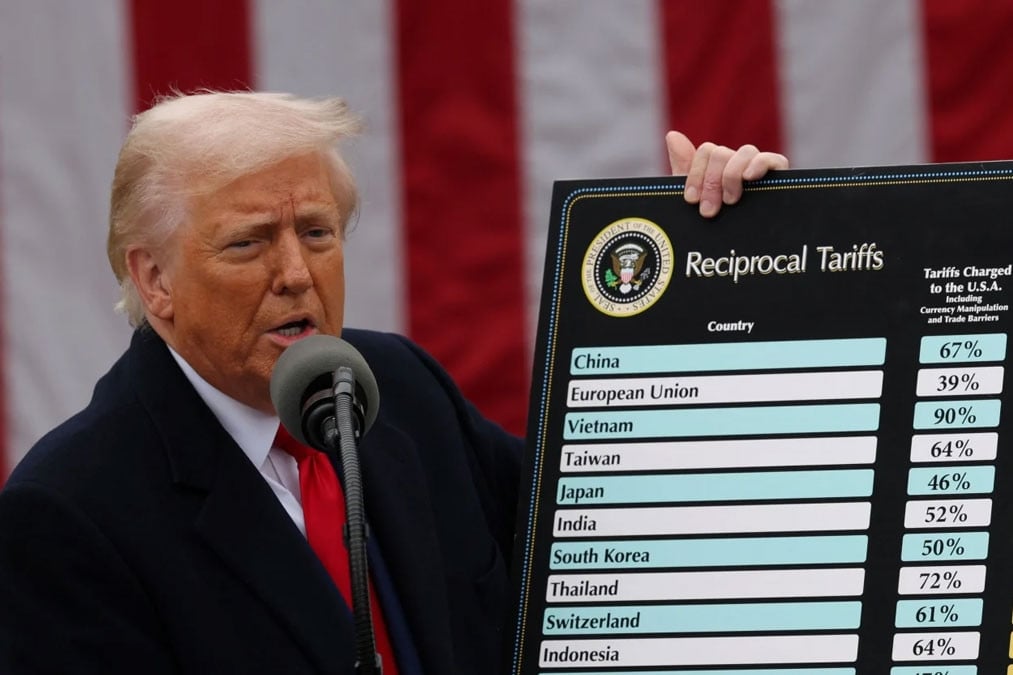
Source: https://vietnamnet.vn/ba-tang-thue-quan-tuyen-bo-cua-ong-donald-trump-he-lo-chien-luoc-moi-2410665.html










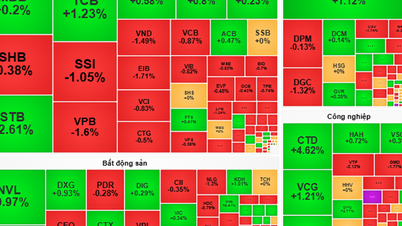














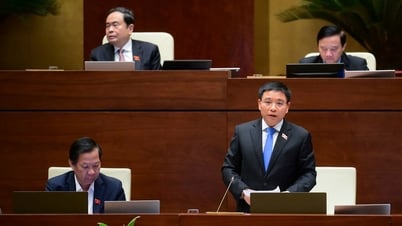
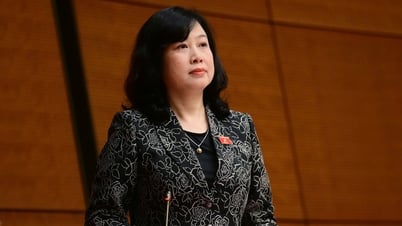









































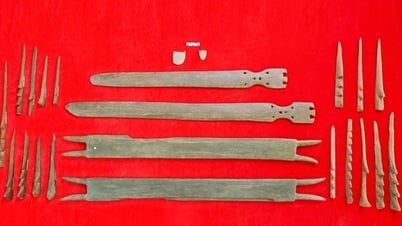
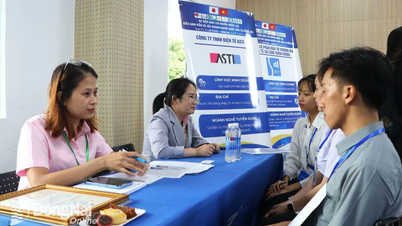

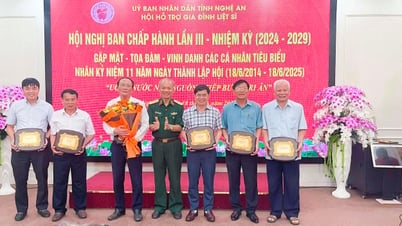





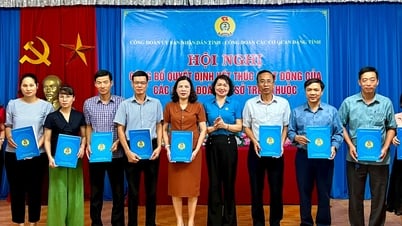



















Comment (0)